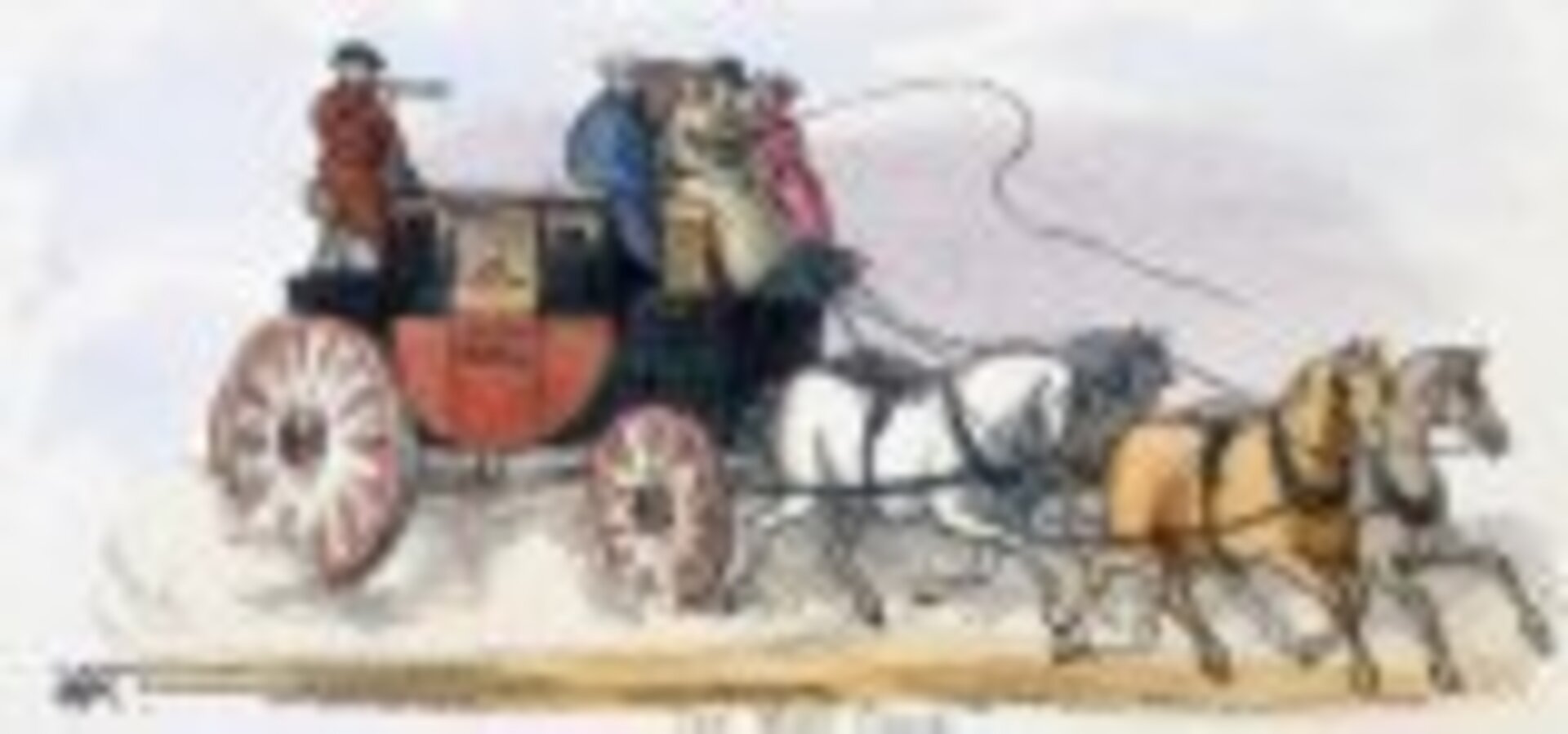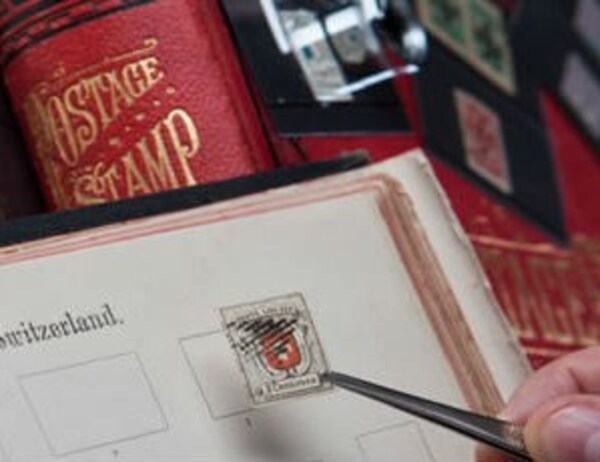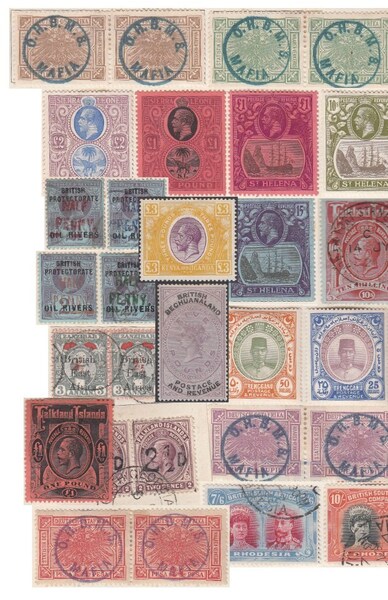Here in the UK the state of our road network has probably overtaken the weather as our favoured gripe. It’s certainly top of the charts at Sandafayre as every morning we travel in from all points of the compass. I myself have only a short commute to reach the office, less than 12 miles but as elsewhere in much of Great Britain it can prove to be somewhat fraught.
We experience over 20,000 regular daily traffic jam incidents (however the EU measures them), the next worst country is Germany with around 8,000, Italy with 6,000 and France with a measly 2,000.
So I’ve been ranting a lot about our roads recently and I wondered if there was any postal history perspective which I could add into the mix, then at least I could write something interesting rather than boring you with my tales of woe... so here it is...
In 1784 as part of John Palmers reforms, mail coaches officially replaced horse messengers in England and a local doctor writing in the Bath Argus observed that this new mail coach service had cut the journey time from London to 17 hours from the previous 3 days but “Regular travel at such prodigious speed must surely result in death from apoplexy”.
Palmers reforms were sorely needed and are well worth reading about. In short he convinced William Pitt, at the age of 24 our youngest Prime Minister to launch an experiment which offered a faster and more secure mail coach service at a higher cost. Coaches were to depart earlier in the evenings leaving any late passengers behind. Tollkeepers, warned by a blast of a horn when the coach approached were to be heavily fined if they in any way impeded the mail, in all a welcome improvement which also guaranteed an armed guard for both letters and passengers.
As difficult as it may be for you to imagine things were soon to develop even beyond those heady improvements when in 1815 John McAdam used his position as Superintendent of Roads for the County of Bristol to experiment with a new system for repairing and surfacing roads. In 1816 he treated 11 miles of roadway between Bristol and Old Down which 3 years later was inspected and found to be in remarkably good condition. His system was simple and economic and Britain’s roads became… wait for it… the BEST IN THE WORLD. At least for a while.
During this period there was also an increase in superbly engineered iron bridges, opening up faster post roads, so it can be no surprise that England’s mail coach industry also blossomed with around 200 each year produced to a standard design by private companies. These vehicles could travel from central London to Brighton in 4 hours and took 42 hours to complete the 400 mile journey to Edinburgh (thus roughly matching the average speed of my current morning commute) and were seen as the best such vehicles in the world.
This was not the first time. That great Roman politician and lawyer Cicero wrote of Britain that the only thing worth taking back from these islands were the chariots (he also said we were too stupid to make good slaves.)
Europe also began to surface important roads and soon it was possible, when using an express mail coach (any passengers had to carry the barest minimum of luggage), to travel the 310 miles from Paris to Lyon in just 34 hours, the 171 miles from Paris to Calais took just 16 hours. Regular coaches which did carry some mail were slower but their speed increased with the quality of roads from 2mph in 1814 to 6mph by 1848. Due to the many private enterprises competing along these French routes fares remained low and drivers seeking to gain tips from passengers had to keep the pace high. In 1827 over 4000 such vehicles crashed or overturned as a result of excessive speed or overloading!
I guess even in my most desperate moments trying to travel around the UK I’ll concede that those old postmen had it worse. One 1828 guidebook gives advice to those travelling with the post coaches to “Never shoot from a great distance with a pistol, but wait until the highwayman is near enough for you to see the whites of his eyes!”
Every country has its own postal development history, from Spain where mules and not horses drew the coaches, Portugal where both messengers and mail actually travelled on the backs of mules, Italy with her fast two wheeled coaches where a larger version could be hired by passengers although the coach remained an official post vehicle and so on… let us not forget the US with her unique high- sprung Concord coaches later popularised on the silver screen!
Study of the postal system really is a window into the past, combining infrastructural development and social attitudes in one. It can explain a lot, including why older roads in the longest developed countries can now seem so inadequate.
In a time when carrier pigeons and the spoken word were the only other communication alternative, and long before the motor car came along, the mails really did drive the development of our road systems. Cars really have not been with us for very long at all, interestingly in 1902 Harpers Weekly stated “The actual building of roads devoted to motor cars is not for the near future, in spite of many rumours to that effect” and 1903 saw the American businessman Chauncey Depew advise his nephew not to invest $5000 in the Ford Motor Company “Nothing has come along that can beat the horse and buggy”. So as I grind along my journey and miserably fail to imagine a future without so many cars I can comfort myself that rather like General Sedgewick at the Battle of Spotsylvania (“Nonsense man! They couldn’t hit an elephant at this dist…”) I am almost certainly wrong and one day it will get better, surely.


 General
General
 General
General
 General
General